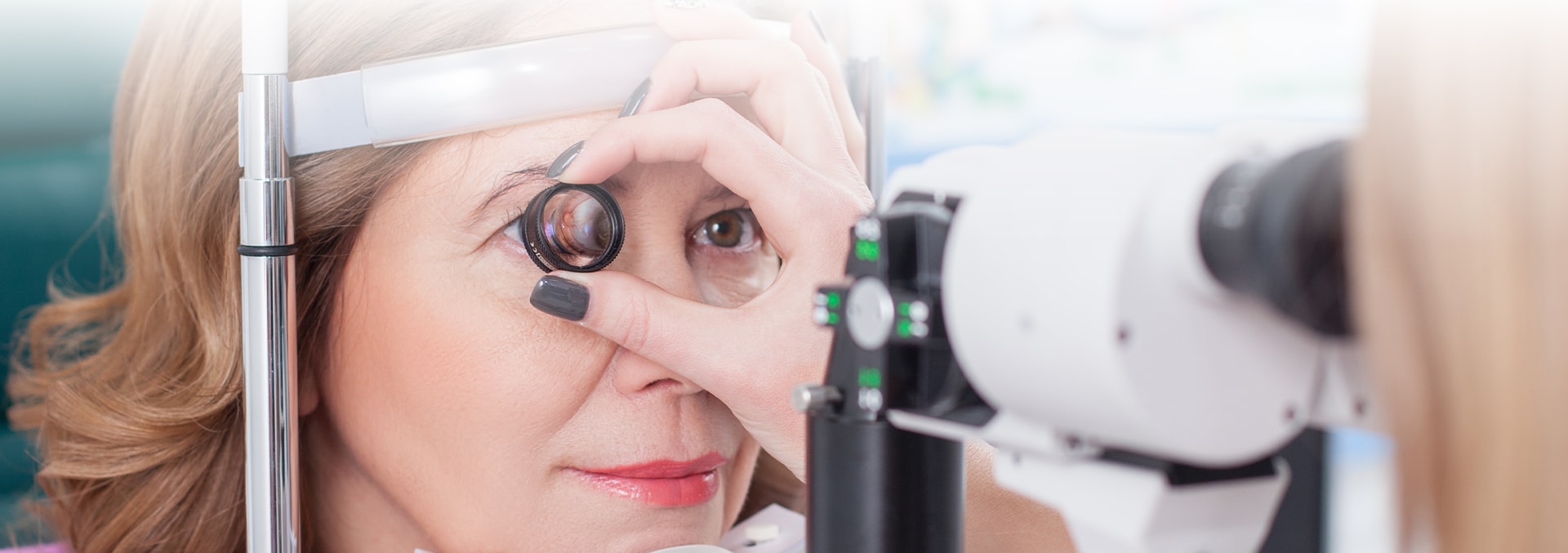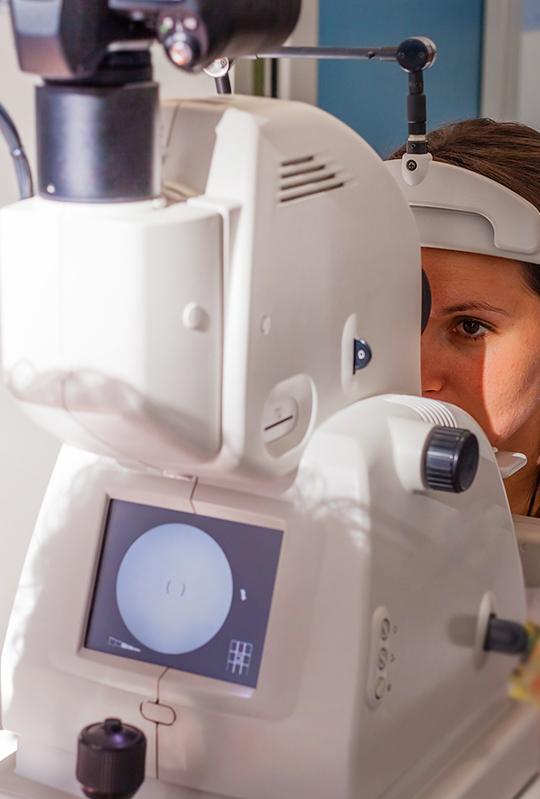Diabetic Retinopathy
High blood sugar is known to damage the blood vessels in the retina, leading to diabetic retinopathy. Studies have shown that actively controlling your diabetes through diet and lifestyle choices can influence diabetic retinopathy development.
Diabetic Retinopathy develops in 4 stages:
- Mild Nonproliferative Retinopathy: Microaneurysms occur in the retina’s blood vessels, potentially leaking fluid into the retina.
- Moderate Nonproliferative Retinopathy: The retina’s blood vessels swell, impairing their ability to transport blood.
- Severe Nonproliferative Retinopathy: Much of the retina is starved of blood, causing the retina to attempt to regrow new blood vessels. These new blood vessels are often weak and cause further damage.
- Proliferative Diabetic Retinopathy: New blood vessels grow along the retina’s surface and into the vitreous gel (a fluid that fills the eye). These fragile blood vessels are prone to damage and often leave scar tissue when they die. This scar tissue can cause retinal detachment, which can result in total vision loss.
Diabetic Macular Edema
Diabetic macular edema (DME) occurs when diabetic retinopathy leaks blood and fluids into the central part of your retina, known as the macula. Over time, the macula can swell, leading to vision loss.
















